Tousled
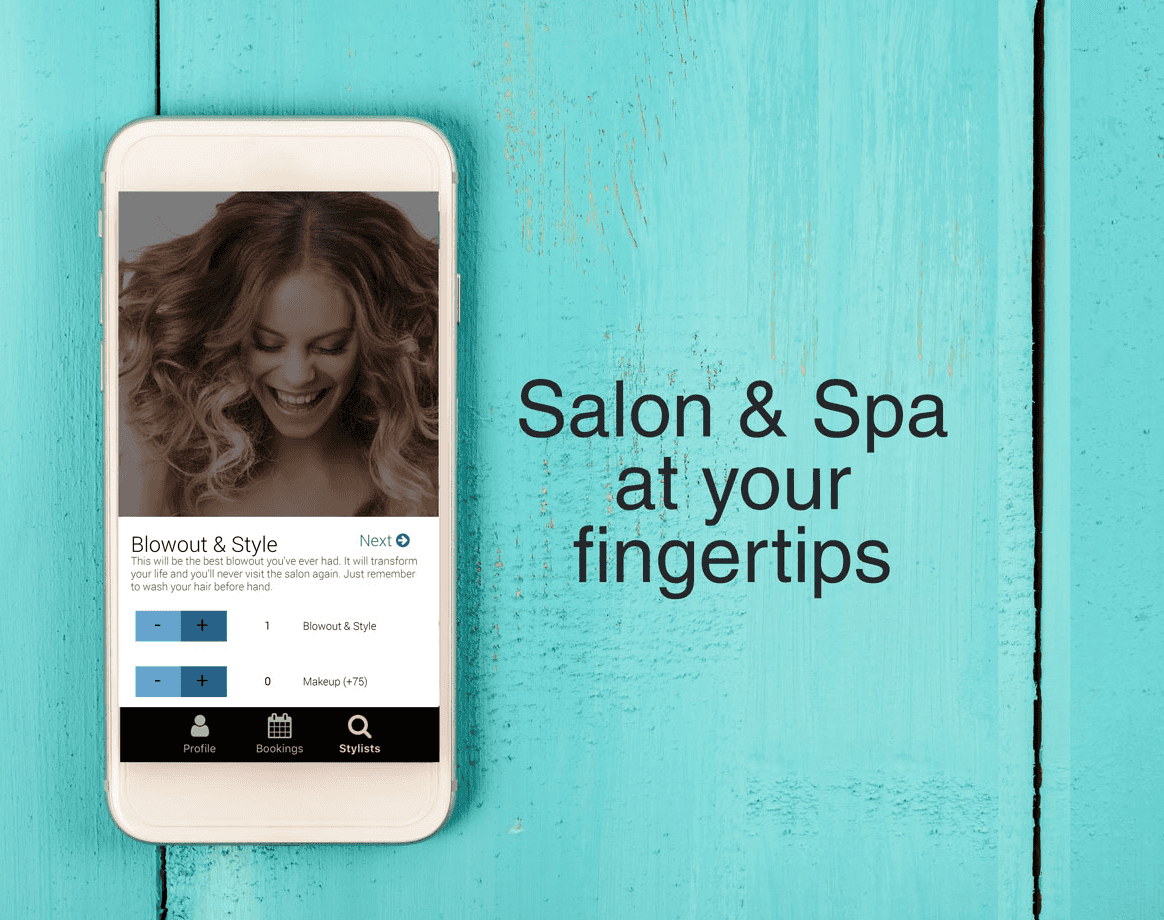
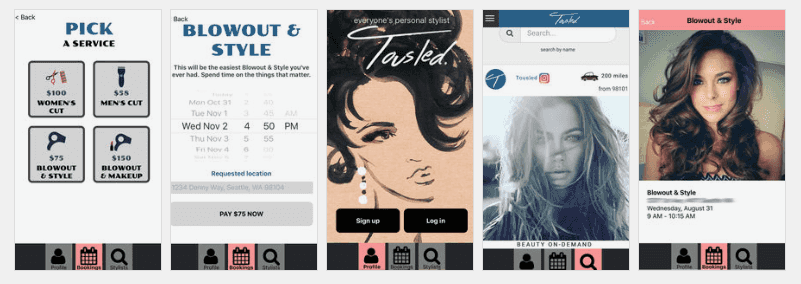
In 2016, following my stint as a Full Stack Engineer at Porch, I was impatient to get back to building mobile apps. Having used React at Porch for the web, I was now itching to try out React Native.
A chance meeting
As it happened, a chance meeting led to such an opportunity. One day, out walking our dogs, I ran into Melissa Albert, whom I had met when I was representing our Seattle neighborhood in the extended planning process for the $5 billion SR 520 bridge project. I got to know Melissa, her family and their neighbors as they were girding themselves for years of highway construction across the street from their home.
Melissa shared with me that she was CMO and co-founder of a startup called Tousled in need of a mobile app. The co-founder/CEO was also a PM, and an engineer, and had developed the web site. We got to talking, and soon there was an invitation to meet. I had few expectations.
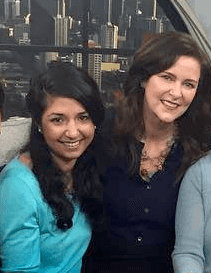
Priya Dandawate, CEO+
Melissa Albert, CMO
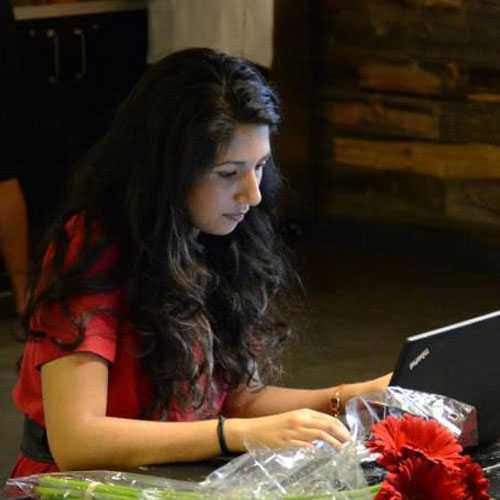
Beauty on demand
The startup then called Tousled (originally Vera Beauty, later Stylist Scout), was the winner of a AngelHack Seattle in 2015. The entrepreneur/CEO, Priya Dandawate, had come from a technical PM role at Microsoft.
Priya had a wide gamut of engineering and business skills, aesthetic sensibilities, and tech product design intuition as well as experience, creative in multiple domains, focused and pragmatic. Right away I recognized her as someone I could easily work with.
They had a web site, but no mobile app. The basic concept was to bring on-demand beauty, grooming and wellness services directly to customers’ homes or offices. As easily as you could call for an Uber, you could arrange for a haircut, makeup, mani/pedi, massage, etc. It’s also a marketplace, where you could browse and review the work of the many professionals available in your area, schedule and pay for their services.
This was an early stage startup, so they didn’t have a big pile of money, although our office was on a top floor of the highest building in the Pacific Northwest, which was awesome.
At another early stage startup a few years earlier with a very different culture, I put a great deal into it, but my role had ended with me finally walking away from some misogynistic and otherwise toxic behavior around me that got worse over time, which I just could not countenance. Working for a women-owned, women-run startup, particularly these two individuals, was deeply refreshing.
The Tousled service is scheduled in advance rather than ASAP, like ridesharing often is, and it’s not really location-based, like ridesharing always is. But it does resemble the ridesharing problem in that the service providers are pre-screened and reviewed by customers, and compensated afterwards.
When I joined in the summer of 2016, the company had already made considerable headway with the web site Priya had built using AngularJS. This included an API for everything necessary for customers to sign up, browse professionals, book and pay for an appointment, and add reviews and photos of their work. There was complementary functionality for the professionals.
Customer expectations were rapidly evolving in 2016, and the need for a mobile app was clear. This really meant two apps, one for iPhones and one for Android. In Seattle, where Tousled was based, the mobile market was split, not quite evently, but split nonetheless. iPhones were popular with the high-end customers Tousled was courting. Many professionals had Android devices.
Meanwhile, though the company did have some funding, it was early stage, and there wasn’t enough organic growth to hire a team of developers. Tousled needed a cross-platform mobile app for iPhone and Android that would connect to their existing back end.
This seemed like a good fit for React Native. The existing back end was unfortunately not built with React, which would have made it easier to share code, but the API that Angular provided worked just fine.

At Columbia Tower Club, you are on top of the world in at least one way. This was our first office and served as an invigorating change from working in the basement.
My commute to the Columbia Tower
We naturally adopted a hybrid work model. I often worked at my home office, using Zoom, like everyone else did starting in 2020, though this was in 2016, before most people heard of Zoom. I knew it as a kids TV show on PBS. It worked fine, but for some things, particularly creative, collaborative interaction design work on mobile devices, it felt more efficient to work side by side.
Our office was at the very top of the tallest building in the Pacific Northwest. When meeting for in-person work sessions, I regularly joined Priya and Melissa and others for joint engineering/business work sessions up at Columbia Tower Club, which occupies the entire 75th floor.
Downtown Seattle was now a short train ride from the University of Washington, near where I live, on a brand new subway line that opened in 2016. The UW train station was integrated with an iconic new pedestrian/bicycle bridge. In my parallel civic career, I had played a significant role in creating the conditions for that award-winning bridge to be built, and it was a satisfying start to any work day to see it being heavily used.
After a 10 minute ride, I would pop up out of the subway at Pioneer Square, hoof it up to Third Avenue, hike up a ridiculous incline to Fourth Ave, and proceed up several escalators to a lobby of elevators. I would go to the elevator bank with an express to the 40th floor where there is (of course) a Starbucks, and another bank of elevators that go up the rest of the way.
Once I was checked in up at the club, we would convene and talk shop, occasionally distracted by unbelievable views in every direction, or the the TV screens showing the news, which in 2016 was impossible to ignore. From this privileged perch we looked down upon the fastest growing city in the US, with cranes and mountains in all directions, islands, ferries, traffic jams, ball games. Later, in 2017, we also worked at Galvanize in Pioneer Square, which was more of standard modern startup vibe.
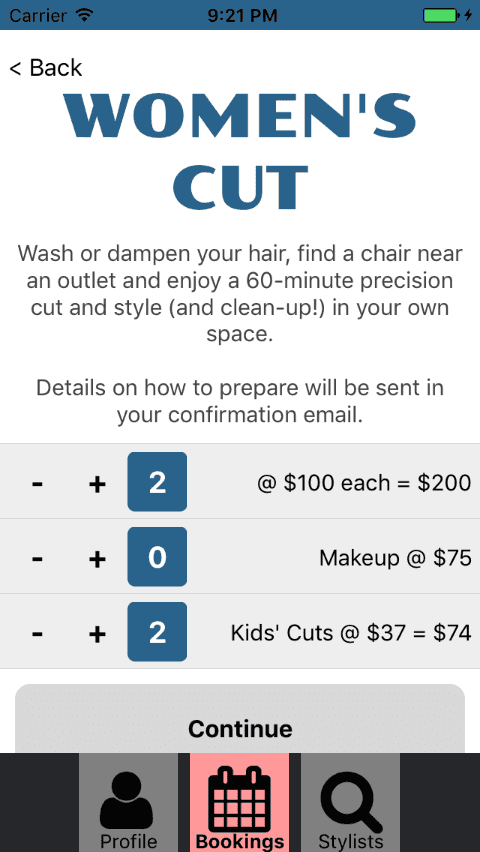

It was I who suggested React Native. We needed a cross-platform mobile app, iOS and Android, actually, probably two apps, one for customers, the other for professionals, kind of like Uber and Lyft have a rider app and a complementary driver app.
I was vocal about the fact that I had never used React Native before, and wanted to use this as a learning opportunity. React Native was pretty new anyway. I was already familiar with React. I figured, how hard could it be?
My confidence was well-placed. Of course, everything has a some kind of learning curve, but it went very smoothly. I became smitten with React Native. Soon I had photo carousels spinning, date pickers spinning, and by late in 2016, an app in the store. After this, I never looked back at Cordova.


In this role, I was the lead (and only) mobile architect/developer, while Priya took care of everything server-side. We basically designed the app UX together, side-by-side, in a somewhat organic but very rational way. Our product design skills were synergistic and I enjoyed both the UI design and implementation. I brought some platform knowledge to the table, including everything having to do with Apple’s Xcode and App Store.
Some things such as a sign up, sign in process were borne of necessity. Soon, we added flows for all the user scenarios, creating a profile, browsing and messaging professionals, requesting services, making payments, uploading photos, and assembling complex shopping carts with coupons and promotions and the like.
2017
Around 2017, there was a significant uptick in the business customer activity from a new “in office” haircut program. That was encouraging.
Participating in the 2017 Seattle Angel Conference was fun, even though I was personally just in a supporting role. Priya did a great job of presenting for Tousled. It’s always interesting to hear the other pitches, which reminds me a little bit of the science fairs of my youth. Some ideas you hear at these things are sort of half baked. Some are quite good, but experience tells me the people you first hear these ideas from aren’t always the ones to succeed.
Overall, the business side of this is another tale, one I’m not equipped to tell. Fundraising was a gating factor. After 2017, the company shifted gears and I rolled off.
After this, I went on to use React and React Native for some other projects. I look back quite fondly on my Tousled role. I enjoyed this opportunity to get a lot of mobile development experience under my belt while working with great people in such a friendly and supportive context.
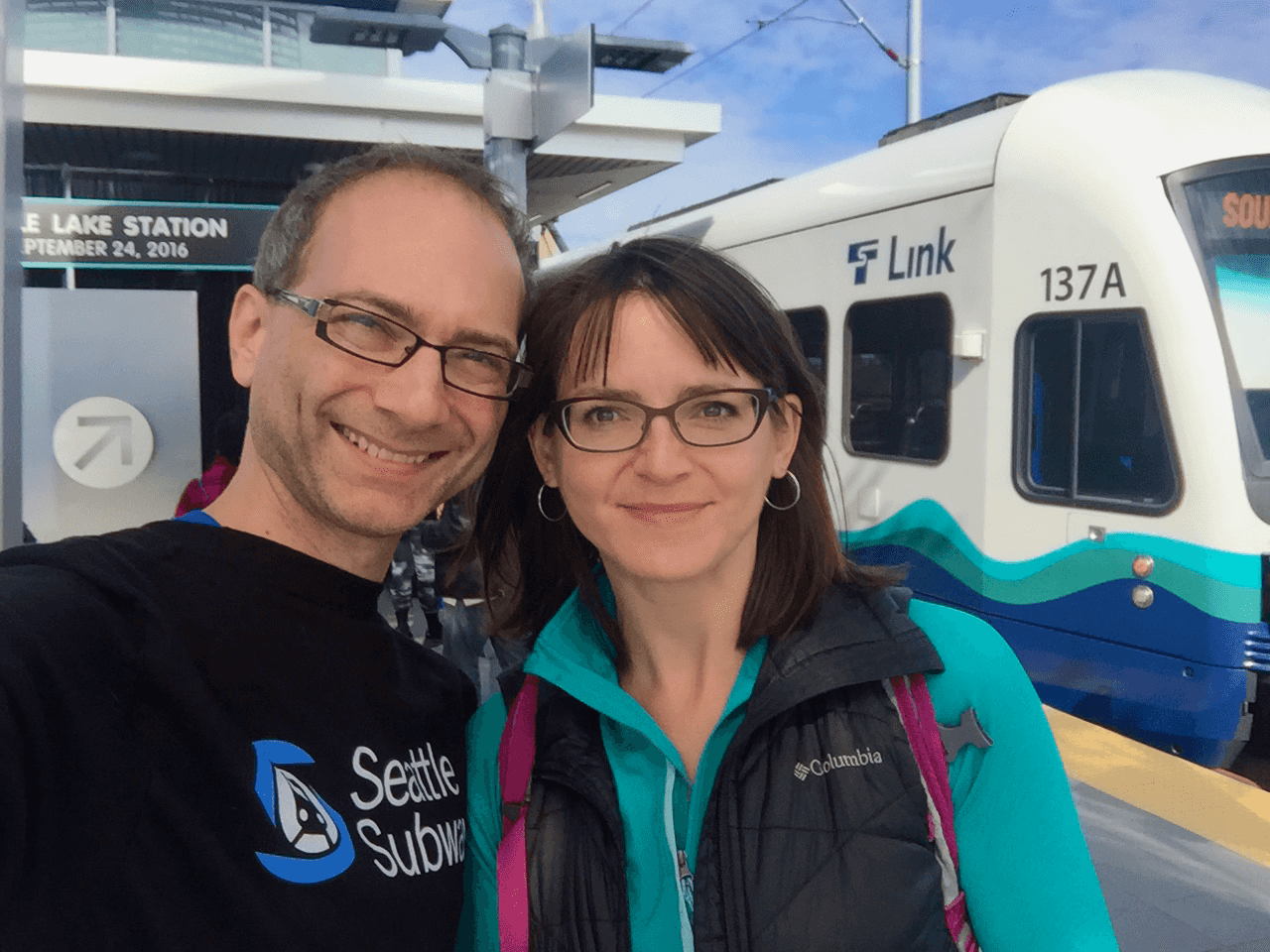
Checking out the latest light rail extension in 2016 with my partner, Meghan MacKrell